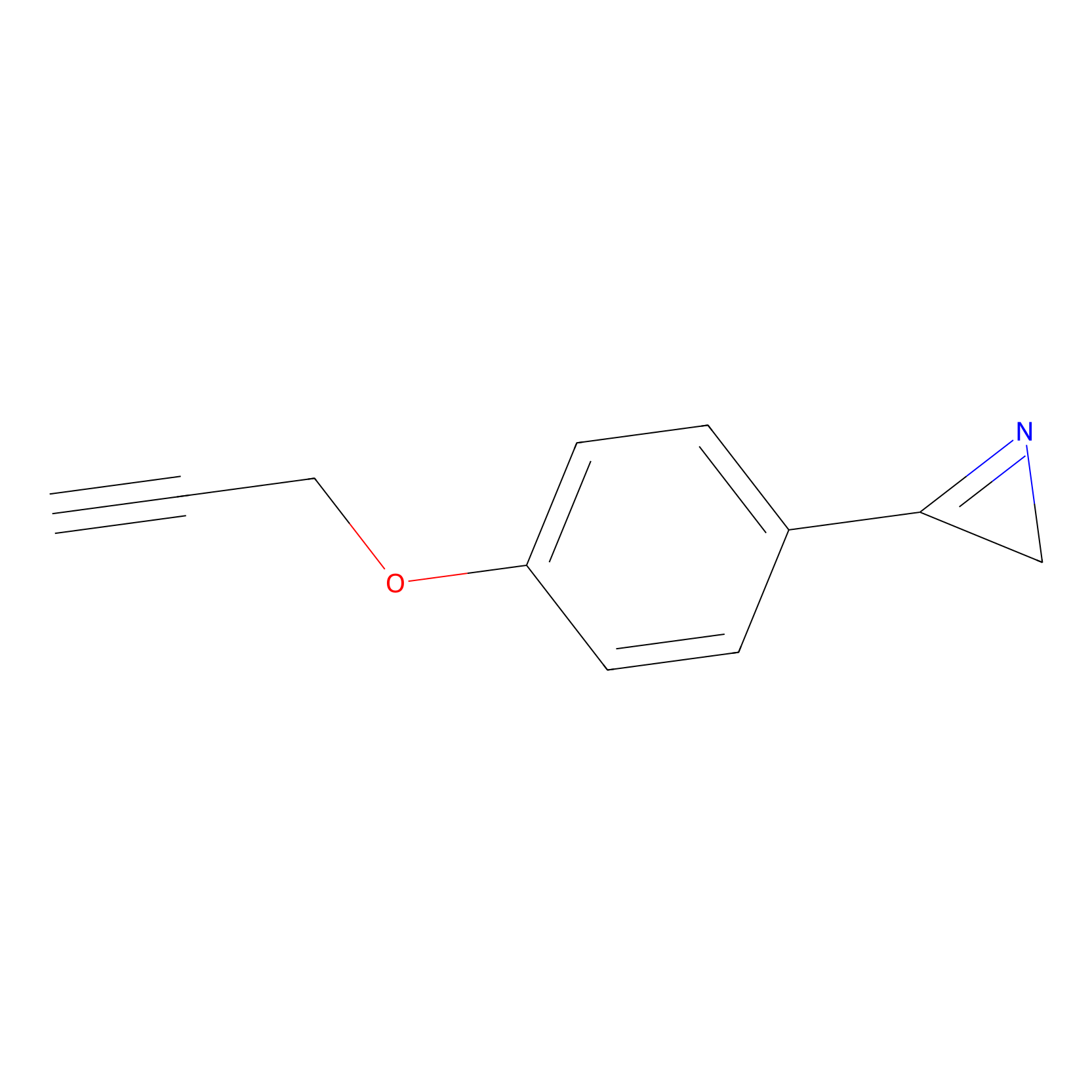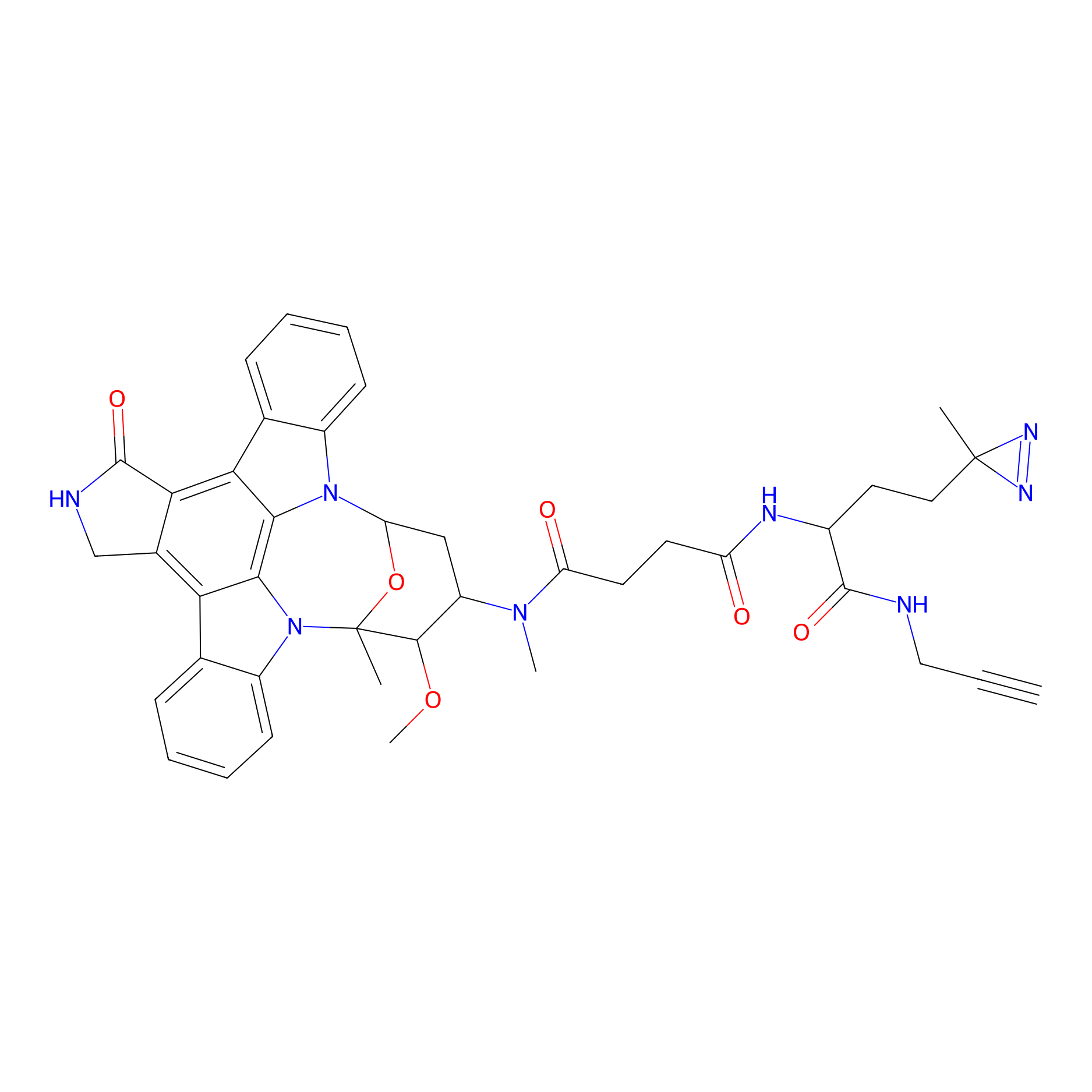Details of the Target
General Information of Target
| Target ID | LDTP05359 | |||||
|---|---|---|---|---|---|---|
| Target Name | Histone H1.1 (H1-1) | |||||
| Gene Name | H1-1 | |||||
| Gene ID | 3024 | |||||
| Synonyms |
H1F1; HIST1H1A; Histone H1.1; Histone H1a |
|||||
| 3D Structure | ||||||
| Sequence |
MSETVPPAPAASAAPEKPLAGKKAKKPAKAAAASKKKPAGPSVSELIVQAASSSKERGGV
SLAALKKALAAAGYDVEKNNSRIKLGIKSLVSKGTLVQTKGTGASGSFKLNKKASSVETK PGASKVATKTKATGASKKLKKATGASKKSVKTPKKAKKPAATRKSSKNPKKPKTVKPKKV AKSPAKAKAVKPKAAKARVTKPKTAKPKKAAPKKK |
|||||
| Target Bioclass |
Other
|
|||||
| Family |
Histone H1/H5 family
|
|||||
| Subcellular location |
Nucleus
|
|||||
| Function |
Histone H1 protein binds to linker DNA between nucleosomes forming the macromolecular structure known as the chromatin fiber. Histones H1 are necessary for the condensation of nucleosome chains into higher-order structured fibers. Acts also as a regulator of individual gene transcription through chromatin remodeling, nucleosome spacing and DNA methylation.
|
|||||
| Uniprot ID | ||||||
| Ensemble ID | ||||||
| HGNC ID | ||||||
Probe(s) Labeling This Target
ABPP Probe
| Probe name | Structure | Binding Site(Ratio) | Interaction ID | Ref | |
|---|---|---|---|---|---|
|
AZ-9 Probe Info |
 |
D75(0.95); E77(10.00) | LDD2208 | [1] | |
PAL-AfBPP Probe
| Probe name | Structure | Binding Site(Ratio) | Interaction ID | Ref | |
|---|---|---|---|---|---|
|
STS-1 Probe Info |
 |
N.A. | LDD0136 | [2] | |
The Interaction Atlas With This Target
References
